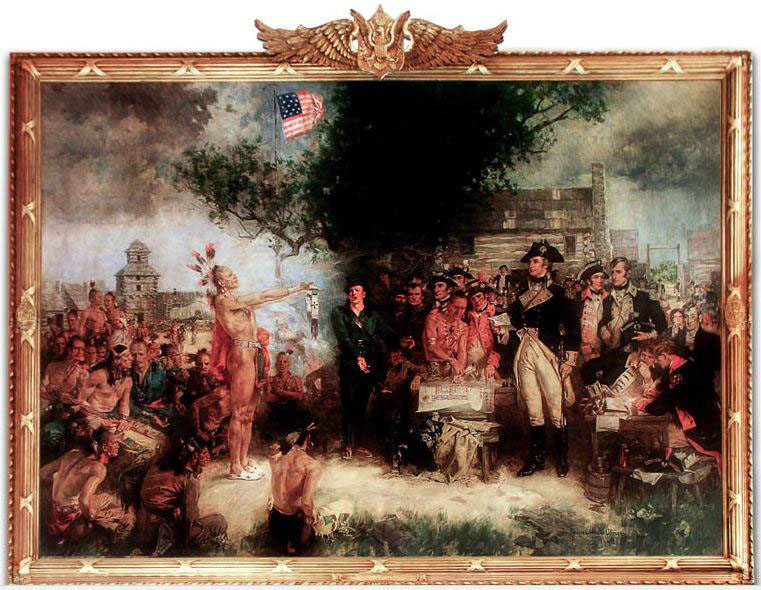10-day SMU trip reveals Wild West myths that obscure ‘theft, deception & genocide’ for Native Americans
An SMU group is in the American West to gain a better understanding of the struggles of Native Americans.

DALLAS (SMU) — Thirteen SMU students, faculty and staff members are traveling the American West to better understand past and present struggles of our country’s “too often-forgotten indigenous people,” says Embrey Human Rights Program Director Rick Halperin, who is leading the June 2-12 trip.
During the 10-day journey through Oklahoma, Kansas, Colorado, Wyoming, Montana, South Dakota and Nebraska, the group will visit Native American sites of what Halperin describes as “brutal military and socio-economic strife as well as cultural resilience,” including the Pine Ridge Reservation and Wounded Knee area of South Dakota and the Battle of Little Bighorn site in Montana.
“Native American justice is perhaps the most fundamental – and most overlooked – human rights issue in the United States,” adds Embrey Human Rights Assistant Director Brad Klein. “This trip will raise awareness of how myths about the taming of the ‘Wild West’ obscure a history of theft, deception and genocide.”
Trip participants also will see how Native Americans are still fighting to better their communities and build a better world for the next generation, Klein says.
This is the first time the Embrey Human Rights Program has sponsored the “American West” trip, which Halperin says will be offered again.
It also marks the first time that an SMU student, sophomore Karly Zrake, has helped research and plan the trip’s itinerary. “Considering Karly’s educational and career goals, we thought her involvement would offer a great way to gain relevant skills and experience,” Klein says of the Southern California native, majoring in human rights and anthropology. “She is a student of rare maturity and ability” who chose SMU for its unique human rights degree program, Klein says.
Follow the “American West” trip via “SMU Adventures” blog posts at http://blog.smu.edu/studentadventures/category/american-west-human-rights-2015/ and on Twitter via #AmericanWest15.
Howard Chandler Christy’s “Signing the Treaty of Greene Ville” painting commemorating the 1795 event.
“BlueJacket” (in blue jacket and red sash at left of warrior standing with peace offering) and “Black Hoof” (second from bottom left). Also depicted are renowned explorers Meriwether Lewis (at left behind warrior signing treaty) and William Clark (standing second from right).
# # #
